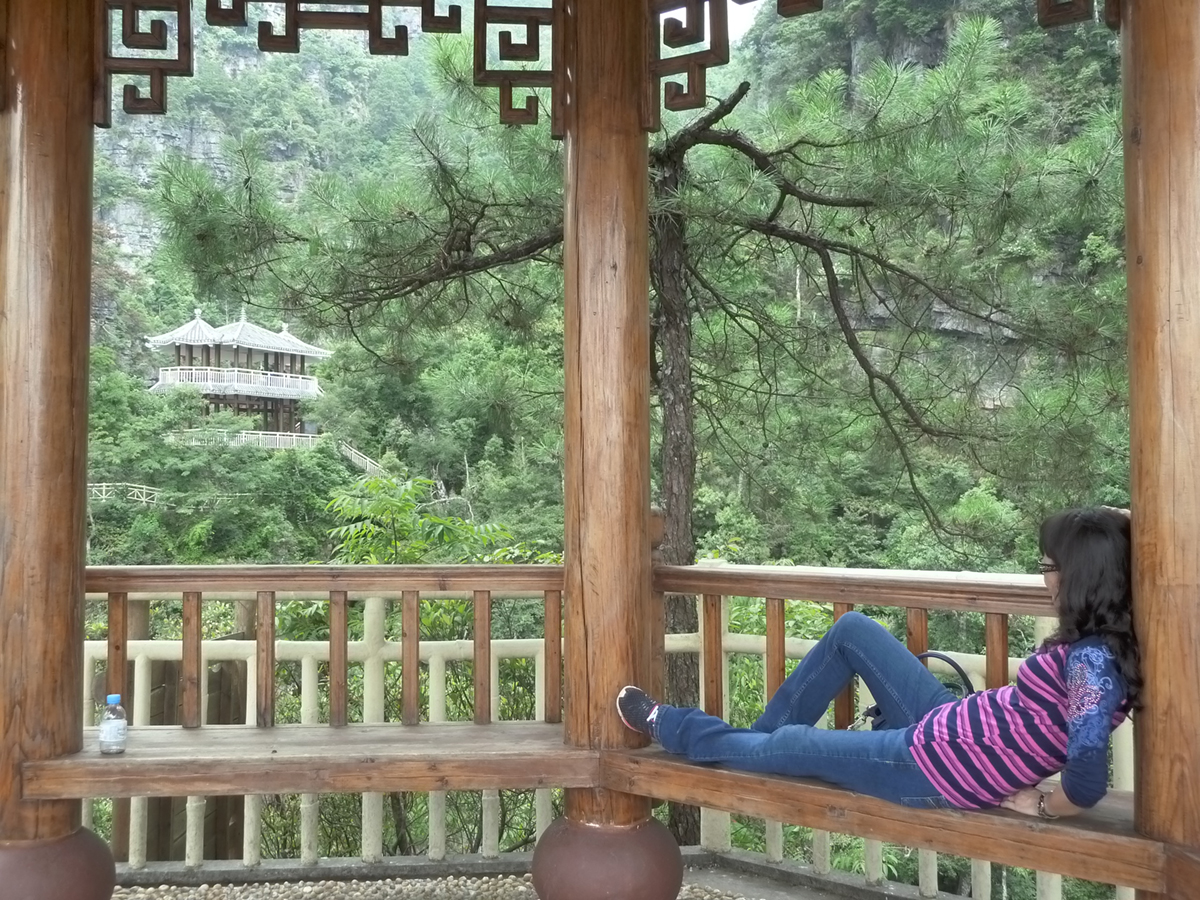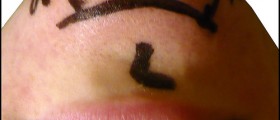
Location visualization is a very important component of a great deal of relaxation as well as meditation exercises. This is why it is necessary to spend some time studying the art of location visualization before engaging in any of the relevant activities (in a successful way).
The location of choice may be anywhere, really. The only thing important is that it be a place which the subject finds peaceful and relaxing.
So how do I get started?
Theexercise ought to be engaged in a familiar place which seems soothing. The location of choice may be either within the subject's very own home or an outdoors one.
Nextoff, notes are to be taken of the chosen surrounding. The notes should not only be concerned with the things the person sees, but also those which can be scented as well. Other details should include: how the air feels on the person's skin, or whether there is a breeze that tousles his or her hair, and so forth.
The next step should be switching the location. Only this time, when the subject is nicely and comfortably seated, he or she isn't to tap into the sensations of current surrounding but rather keep the eyes shut and try and recreate the previous scenario instead.
Then it is to be noted how much exactly of the previous scenario could be recalled, which details were difficult to remember, and so forth. Immediately after that, the person is to take notes of his or her current feelings. Special notice is to be paid to whether the subject finds this particular exercise stressful at all.
Nextly, another location is to be pictured. This location is to be a place which the subject had visited before, but it shouldn't be the location first chosen to picture.
The next step would, of course, be actually going to the previously imagined location. Notes should be taken of things that were missed but could be considered significant. Another thing to be noted would be checking whether there are differences in feeling about the location, now that the subject is once again there.
Nextly, a place from the past should be imagined. This may involve: childhood homes, distant holiday spots, a garden the person had once visited, and so forth. The same process of attempting to imagine the relevant details of the chosen location should be engaged.
When the person begins feeling as if he or she were in that location once again, notes are to be taken concerning the feelings which the experience triggers. These may inclulde feelings of relaxation, but may also include nostalgic strokes.
And now, the person is to imagine a location which he or she had never ever visited before. This means that it may either be a real or an invented one. Despite the fact, details are to be poured into the picture with equal enthusiasm as previously.
Nextlythe person is to imagine him or herself carrying out actions in that new location. This is to intensify the imagined sensory experience: touching the imaginary water, feeling its temperature, tasting it, etc.
When enough time has been spent there, the subject is to return to reality. And lastly, the exercise ought to be practiced with a variety of locations, since then it works best.

















Your thoughts on this
Loading...